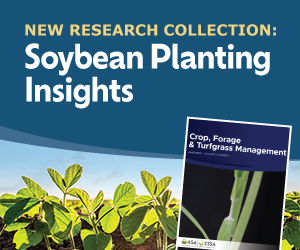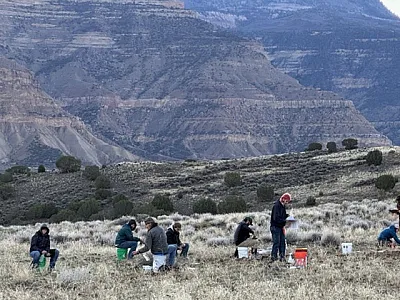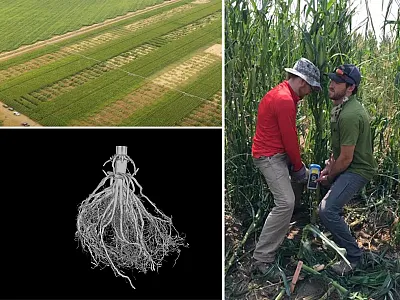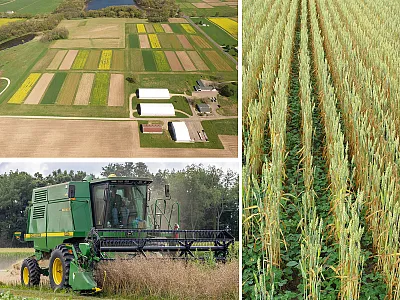Soils Are Awesome and Beautiful—and Diverse!
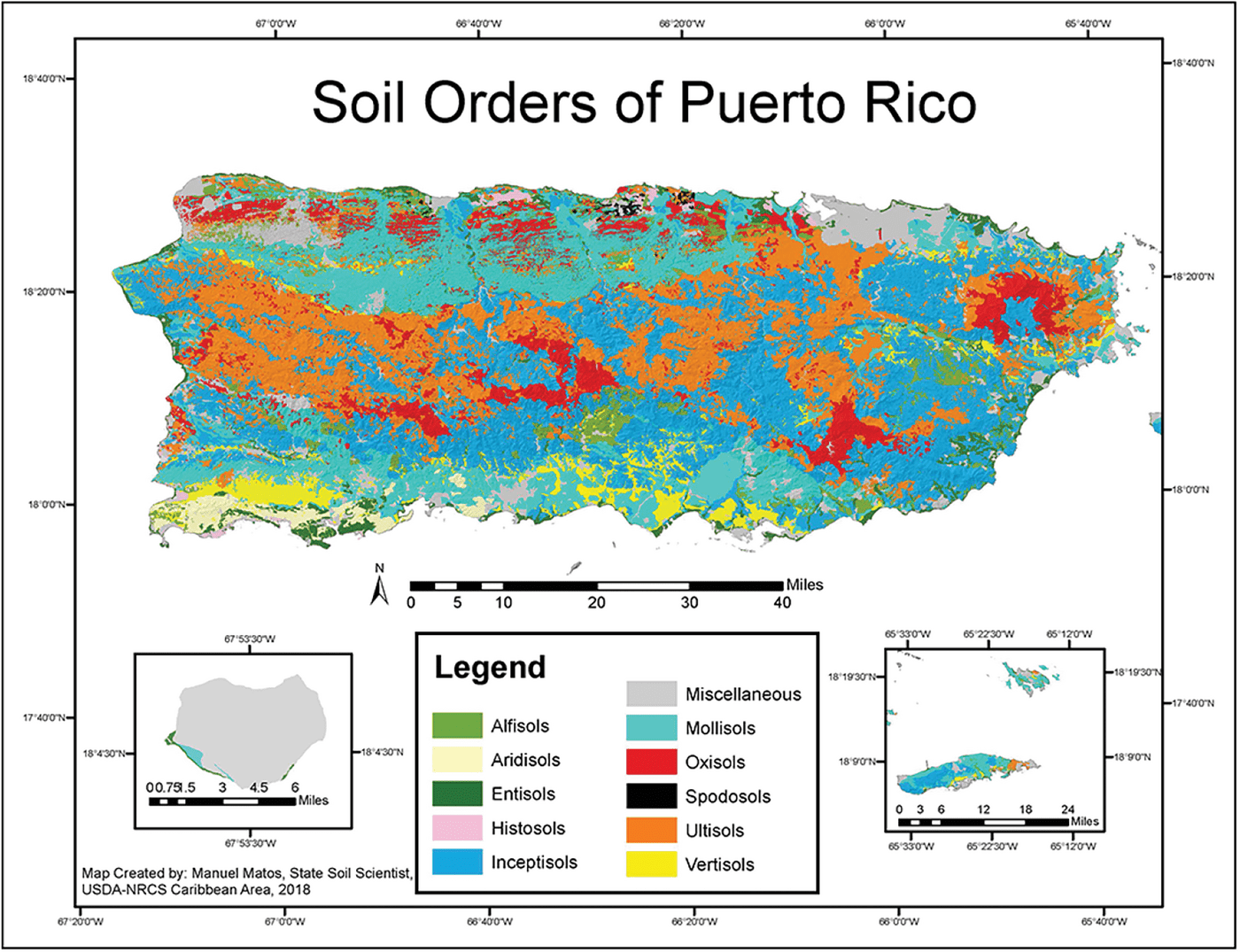
Perhaps you have read the two previous CSA News columns from Carrie Laboski (2023) and me (Thompson, 2024) where we claimed that “soils are awesome” and “soils are beautiful.” (I hope so.) Here, I add to that list of claims: Soils are diverse!
Soils are diverse in their properties, the processes that occur in them, and their management. We can perceive some of that diversity just by looking at the variety of soils that are differentiated in our classification system, Soil Taxonomy. There are eight diagnostic epipedons, 20 diagnostic subsurface horizons, and a host of distinct soil characteristics that are used in the classification scheme. Those horizons and characteristics are used to distinguish 12 orders, 47 suborders, about 185 great groups, about 1000 subgroups, about 4500 families, and about 14,000 series in the U.S. alone. One way to express the richness of soil diversity is by noting the very large number of local series.
How diverse are the soils where you live? It’s probably greater than you think. Did you know that Puerto Rico (the site of our recent SSSA Bouyoucos summer conference “Common Ground: Soils Without Borders”) is home to soils in 10 of the 12 soil orders (see Figure 1)? That fact is remarkable, and it reflects the multiplicity of parent materials and climatic regimes in which soils in Puerto Rico have formed over time. Even in my home state of Iowa, on a single hillslope, I can expect considerable diversity of soil properties (color, structure, and texture, for example) and processes (erosional transport of clay and organic matter at the surface, leaching of clay deep into the soil, and deposition of sediments at the base of the slope), all of which will differentially shape how the soil at a particular location affects crop growth, water movement, temperature, and organic matter dynamics.
While we can assess the richness of soil diversity by the total number of different kinds of soils that we classify, we might also assess diversity by considering the distribution of different kinds of soils (their evenness). In either approach, our ability to recognize the diversity inherent to soils depends on our past experience, the scale at which we sample the soil, the tools that are available for making measurements, and our desire or need to know more.
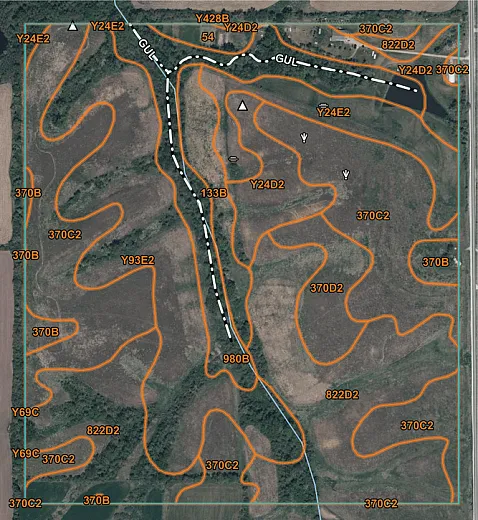
We can use sampling and a variety of statistical tools to quantitatively evaluate the distribution of soil properties in a given population of soils. We can also make reasonable inferences about how soil properties are likely to vary across a given landscape by using soil maps (see Figure 2). Those boundaries between soil map units are the mental constructs of soil mappers that show where significant soil properties are likely to change rapidly as a function of slope, parent material, and other state factors. In other words, soil maps are guides to soil diversity.
And then there is the diversity of organisms that live in soils. Plants that live in soils range from mosses and ferns to pines and cedars, from wheat and rice to maples and oaks. And they all depend on soil for nutrients. Soils are also full of animals—from earthworms to ants, centipedes to snails, beetles to mites, nematodes to frogs, snakes to springtails, and moles to termites. Microscale organisms that include bacteria, archaea, and many fungi are perhaps the most diverse groups in terms of species and functions that are critical to all the other organisms that depend on the soil—including humans. The distribution of microorganisms in soils varies across landscapes as well as with depth, and they are vital in shaping many of the properties and processes that lead to those thousands of different soils.
The diversity of soil properties on a landscape has practical implications, of course. While they may require us to tailor management approaches differently (e.g., to prevent erosion, to drain a wet spot, or to remediate a waste dump), that same diversity may allow the manager to creatively work with the soils (e.g., to establish rotations of perennial and annual crops, to reduce tillage, or to restore wildlife habitat). In a single small field, soil diversity may be perceived as inscrutably random spatial variability. But we soil scientists seek to identify the patterns so that we can better understand and make predictions about future change. The net impacts of soil diversity on how we manage soils are usually appreciated over larger scales of time and space. Diversity of soil properties can provide resilience to rapid changes on the landscape that can be induced by human mismanagement, short‐term weather patterns, or long‐term climate change. In sum, we have good reason to recognize, respect, celebrate, and value the diversity of the soils we investigate, teach about, and manage.
Diversity Within SSSA
Like the soils we study and learn from, the Soil Science Society of America (SSSA) is composed of diverse groups of people. We pride ourselves on the diversity of our subdisciplines such as pedology, soil chemistry, soil physics, soil biology, wetlands, and all the rest of our divisions. But there are many other kinds of diversity among our members. For example, today we are more than 5000 people of different genders, nationalities, races, cultures, ages, and experience. We recognize and welcome that diverse population of individuals who have a common focus on soils. Our diversity gives us new opportunities to learn from one another, gaining new ideas and fostering growth.
While the soil maps that I mentioned above are drawn with solid lines to separate map units, we know that they are imperfect models because the boundaries between soils are rarely sharp. Most often, they are gradual or even diffuse. Similarly, our Society benefits from blurring the boundaries between SSSA divisions, as we do in every annual meeting with our cross‐divisional symposia and plenary speakers. Our meetings bring together the professional strengths of our members who serve as environmental consultants, archeologists, foresters, remediation specialists, landscape designers, policymakers and policy implementers, and farmers as well as researchers and teachers.
The diversity within SSSA provides an opportunity to appreciate soils in new ways—from the perspectives of Native peoples, of artists of all kinds, of those who construct homes and highways, of gardeners, of historians and economists, and more. In addition, we can capitalize on the knowledge of our members from countries and cultures around the world to help us appreciate not only the international diversity of soil properties but also the diversity of thinking about how soil matters to people. While staying grounded in the basic science of our discipline, we can learn more about each other and what motivates us to share with one another a reverence for soils.
In sum, we have good reason to recognize, respect, celebrate, and value the diversity of our Society’s members and to take great pride in promoting and expanding it even further. Please join me in welcoming new faces, new voices, and new perspectives to all that we do in our work together.
We have good reason to recognize, respect, celebrate, and value the diversity of our Society’s members and to take great pride in promoting and expanding it even further.
References
Koppen, M.P. (1975). Warren County (Iowa) soil survey report. Web Soil Survey. USDA‐ NRCS.
Laboski, C. (2023). Soils are awesome! CSA News, 68(11), 28. https://doi.org/10.1002/csan.21163
Thompson, M. (2024). Soils are awesome—and beautiful! CSA News, 69(2), 20–23. https://doi.org/10.1002/csan.21226
Text © . The authors. CC BY-NC-ND 4.0. Except where otherwise noted, images are subject to copyright. Any reuse without express permission from the copyright owner is prohibited.




